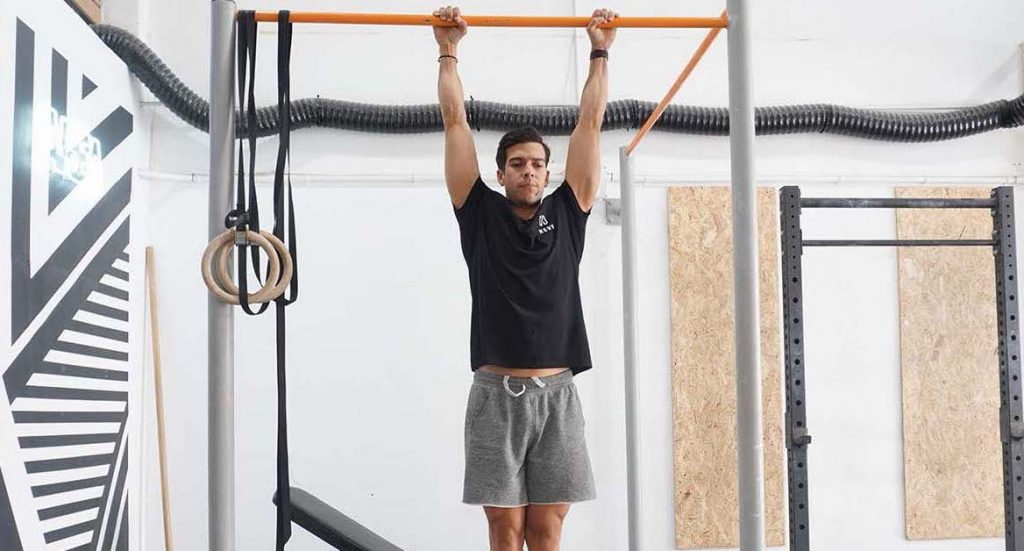Understanding the Problem: Planche Training and Forearm Anatomy
So, you’ve been training the planche. Everything was going well, and you were making tons of progress. But then, you started to notice a slight pain in your wrists or outer forearm. At first, you ignored it since it didn’t hurt much while training. However, after coming out of the planche, the pain hit! It kept growing and showed no signs of going away—so you turned to Google for answers.
Unfortunately, but inevitably, you’ve developed planche-related wrist or forearm pain. Many athletes who train for the planche experience these injuries. Let’s first look at the most common issue: wrist pain.
Wrist Pain and Tendon Involvement
Wrist pain can stem from multiple factors, but the two most common causes are insufficient wrist strength and flexibility. The pain likely originates from the tendons, leading to the dreaded injury: tendonitis.
The tendons responsible could be the wrist extensor tendons:
- Extensor Carpi Radialis Longus and Brevis
- Extensor Carpi Ulnaris
The wrist flexor tendons could also be involved, though they are less likely. These include:
- Flexor Carpi Radialis
- Flexor Carpi Ulnaris
- Palmaris Longus
The root cause of this pain? Simply put, you did too much too fast—a common mistake among eager athletes.
How to Prevent Planche-Related Wrist and Forearm Pain
1. Progress Slowly
The best strategy is to progress slower than you think you need to. It’s tempting to push yourself, but this approach will help you reach a full planche faster by avoiding setbacks.
Once you feel ready for the next progression, hold off for one to two weeks while continuing to practice your current level. Consider taking a light training week or even a full rest week to allow your body to recover and strengthen.
2. Warm Up Before Training
Warming up prepares your body to handle stress and reduces the risk of injury. Yes, it takes extra time, but your body will thank you. Here are some effective wrist warm-ups:
- Wrist Rotations
- Palms Up/Down Wrist Leans
- Palms Up/Down Wrist Clocks
- Palms Up/Down Wrist Push-Ups
Here is a video which goes over these wrist exercises.
What to Do If You Have Wrist Pain
If you’re already experiencing pain, here are three solutions to mitigate discomfort and continue training safely.
1. Adjust Hand Positioning
If your wrists lack flexibility to hold a forward-facing position, try turning your hands outward (90 degrees or at a slight angle). Everyone’s anatomy is different, so find what works best for you—even if that means angling your hands slightly backward.
2. Elevate Your Palms
Using an elevated surface under your palms while pressing down with your fingers can put your hands in a more natural position, reducing stress. A yoga wedge is a great tool for this. Here’s a good option.

3. Use Parallettes
Many athletes find that low parallettes significantly improve their training by providing better wrist stability. If this sounds like a good solution, these parallettes are a solid investment.
Understanding and Preventing Forearm Pain
The tendons most commonly affected in the forearm are:
- Flexor Carpi Radialis
- Flexor Carpi Ulnaris
- Palmaris Longus
As mentioned earlier, the best way to prevent injury is to avoid progressing too quickly and warm up properly before starting intense movements.
Effective Forearm Warm-Ups
- Palms-Up Wrist Curls

- Palms-Down Wrist Curls

- Dead Hangs (Grip with your fingers to isolate forearm muscles)

What to Do If You Have Forearm Pain
Unfortunately, there aren’t many ways to immediately alleviate forearm tendon pain. However, you can try adjusting hand positioning to reduce strain on the affected tendons.
If the Pain Persists, STOP!
If you pushed too hard and ended up injured, the best thing you can do is take a break. Your muscles may be strong enough, but your tendons need more time to catch up.
Although it’s frustrating, taking 1–2 weeks off will make a huge difference. During your recovery, focus on building wrist flexibility and forearm strength—but only with exercises that don’t cause pain.
Final Thoughts
Athletes often want to achieve the full planche as quickly as possible and end up pushing themselves into injury. Although it may bruise your ego, the best way to prevent injury is to slow down and prioritize warming up. Rest days—and sometimes even rest weeks—are critical.
But if you ignored these precautions and ended up injured, your body will force you to learn the hard way. Tendons take longer to strengthen than muscles, so if you develop tendonitis in your wrists or forearms, the best thing to do is stop, let your body heal, and come back stronger. Once recovered, ease back into training at a slower pace with better preparation—and you’ll reach your planche goals without setbacks.
P.S. As you can probably tell, this is a new site with little experience behind it. Any suggestions, criticism, or ideas for how to improve and grow this blog would be very welcome. Lets achieve this goal together. Thanks for reading!
